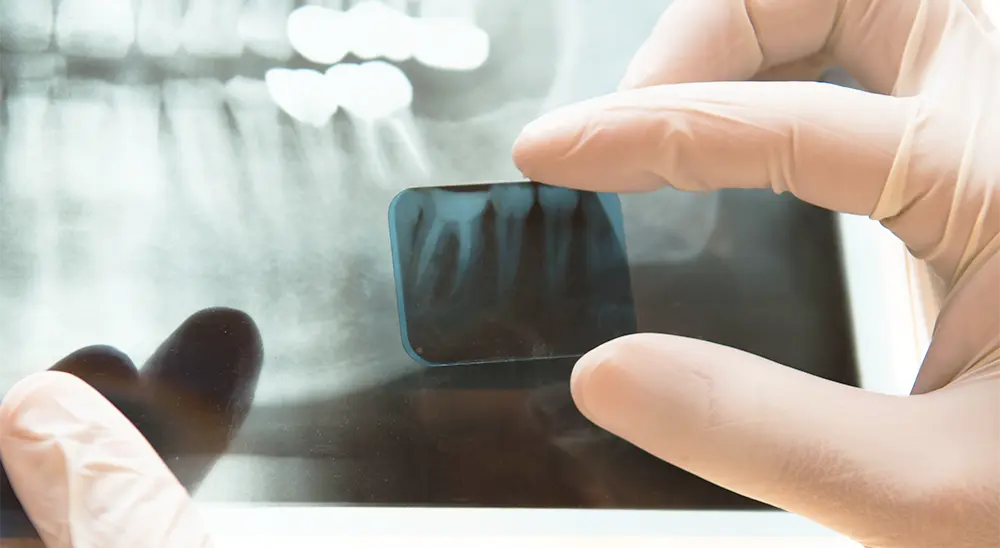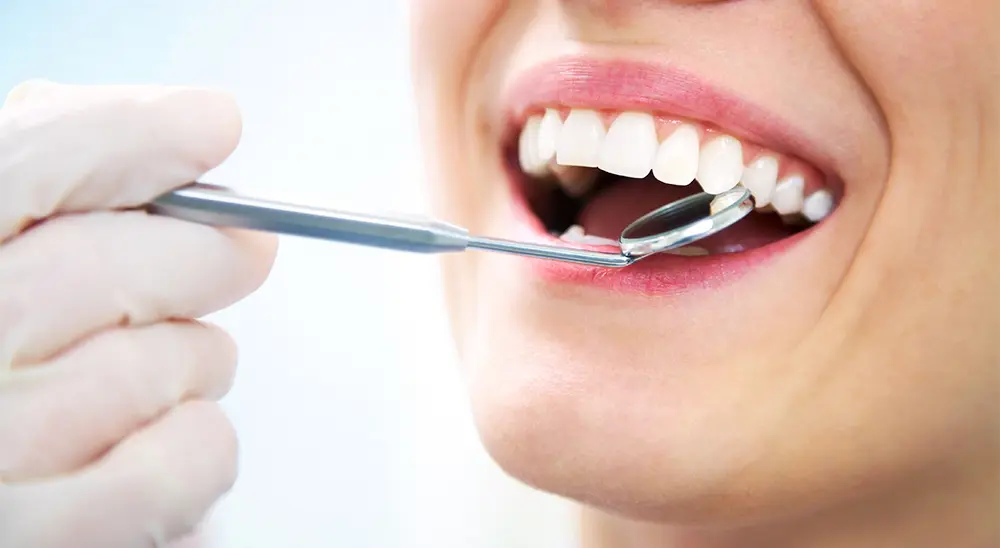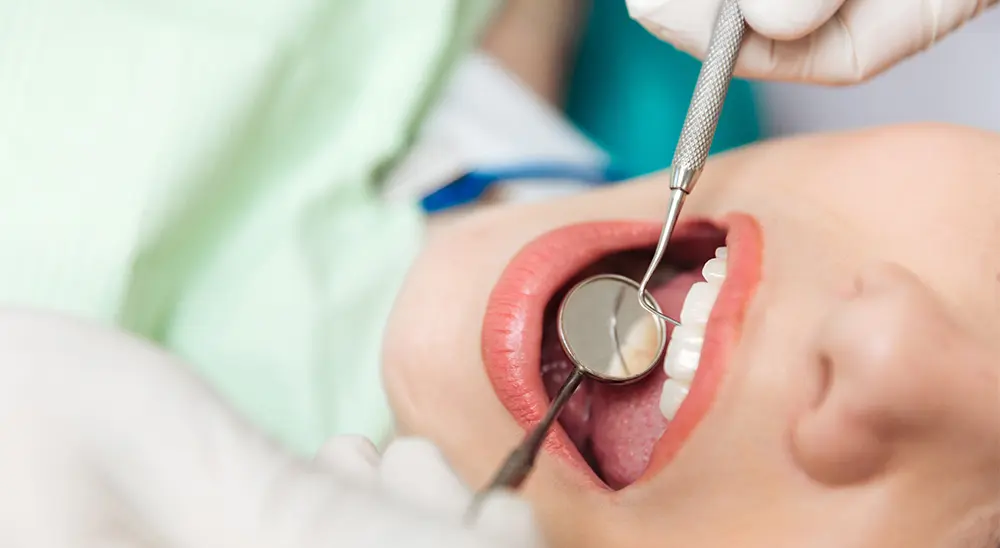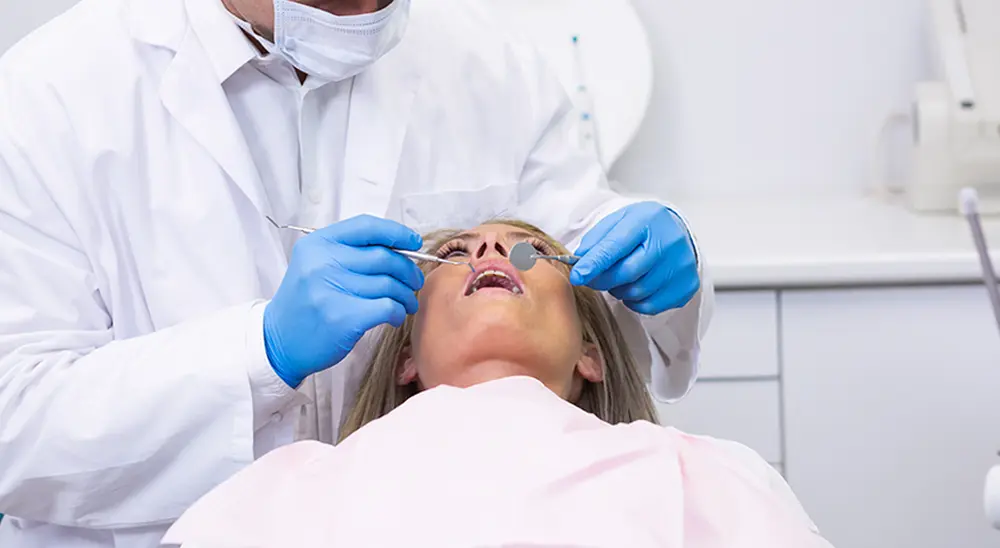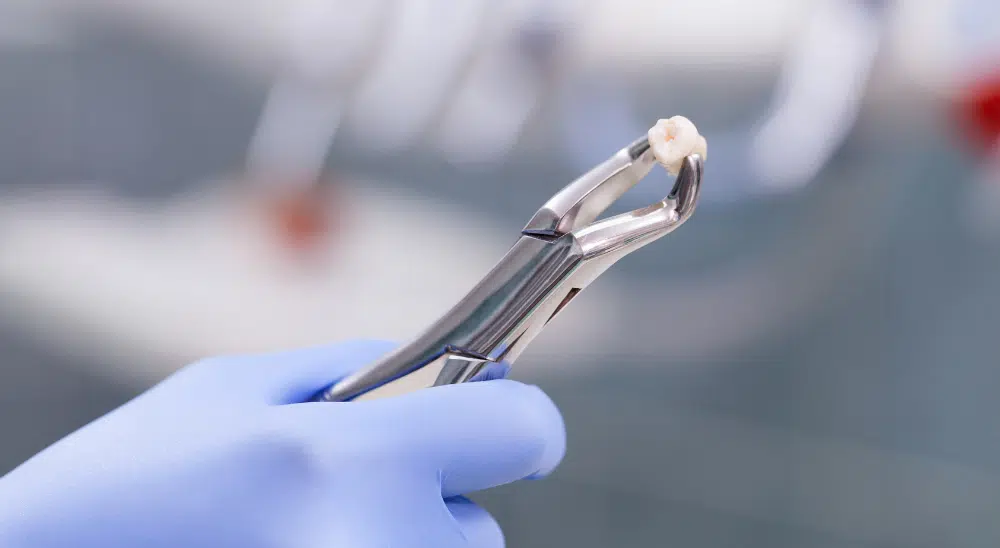
Tooth extraction
Do and Don’t after the manipulation?
After removing one or more teeth, there are several important recommendations that every patient must strictly follow in order to achieve a smooth recovery. What are they? Read in our next blog article.
When tooth extraction is necessary for adults?
Toothaches have accompanied human life both today and in the past. A large percentage of the solution to this problem is tooth extraction. In less developed countries, this is the main method of treating toothache. While in developed countries, this is the last resort if other methods have not worked.
Tooth extraction in adults can be grouped as follows:
– For orthodontic purposes
– For teeth that do not respond to conservative treatment
– In case of fractures, etc.
What should you expect during the procedure?
The procedure begins with the application of an anesthesia to anesthetize the working field. Once the attending dentist is sure that there is no pain, the actual extraction is performed.
First, the tooth is dislocated (shaken) and then extracted. The wound is cleaned and the dentist checks for any fragments of the tooth, and if the work area is completely clean, the wound is sutured (when necessary).
Bleeding accompanies the extraction, but this is a natural and normal process that should not bother you. It stops completely 10-15 minutes after the manipulation. Then, the place is tamponaded with gauze or a tampon, which is subsequently removed.
Until the bleeding stops completely, you will be under the supervision of your doctor, and then the procedure is considered successful.
Is tooth extraction painful?
No, the procedure of extracting one or more teeth is not painful, as it is performed with the help of anesthesia. During the manipulation, you are only likely to feel touch and pressure, but no pain.
What you should and you should not do within a week of removing a tooth or several teeth?
What to do:
– Applying cold compresses is an important step after tooth extraction in adults, as it will help prevent or reduce swelling and discomfort.
– You need to sleep on a high pillow.
– Take your prescribed medication exactly and strictly, as recommended by your doctor.
– Eat soft, liquid, and cold foods.
– Drink more fluids.
– Eat on the other side and not on the part of the jaws where the manipulation took place, this way you will keep the place clean.
– Brush your teeth with care, avoiding the place of manipulation.
What not to do:
Do not take aspirin, as it thins the blood, leading to heavier bleeding and slowing down the healing process.
– Do not smoke tobacco products (even e-cigarette, hookah, pipe, etc.) for at least 7 days after the procedure. Inhaling smoke creates pressure in the oral cavity and thus nicotine passes directly into the blood, through the wound, and this inevitably slows down the healing process.
– Avoid sneezing and blowing your nose due to the pressure in the mouth and nasopharynx.
– Avoid all kinds of physical exertion and sudden movements within a week, as this raises blood pressure and may provoke bleeding or opening of the wound.
– Do not use mouthwash or any solution to keep the blood clot clotting.
– Avoid seeds, nuts, spicy foods
– Try to talk as little as possible after the procedure.
– Do not eat 2 hours after the procedure.
– Do not drink alcohol, as well as hot/hot foods and drinks.
– Do not suck around the wound and do not spit, otherwise, the bleeding will be heavier and it is possible to remove the blood clot from the wound, which aims to “close” it.
How long does it take to fully recover after tooth extraction?
If you have good general health and strictly follow your doctor’s instructions, the wound will recover in 7-10 days.



